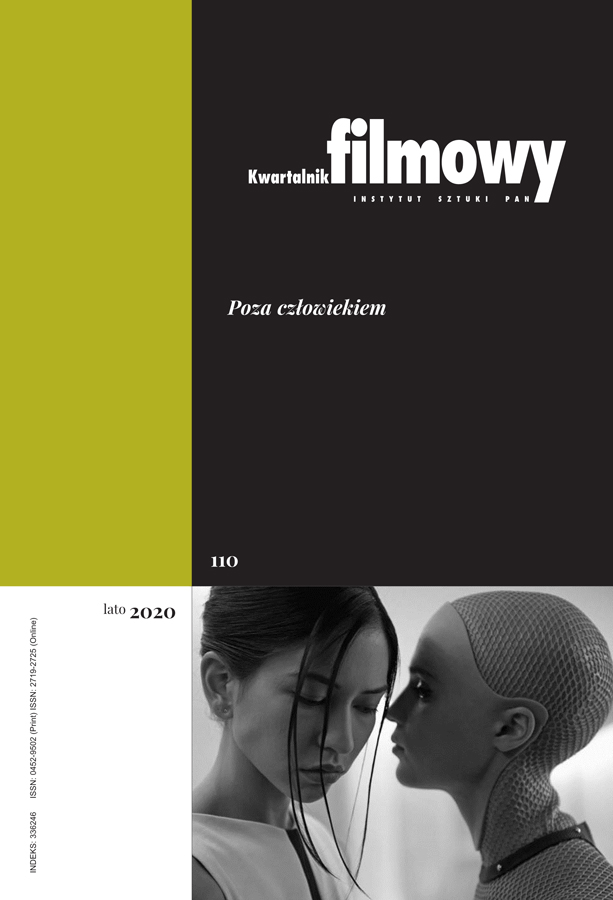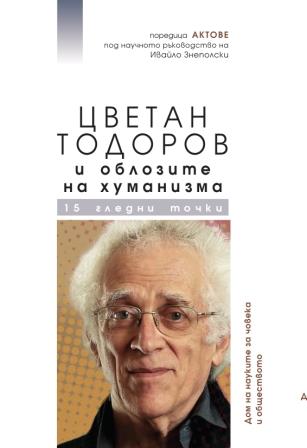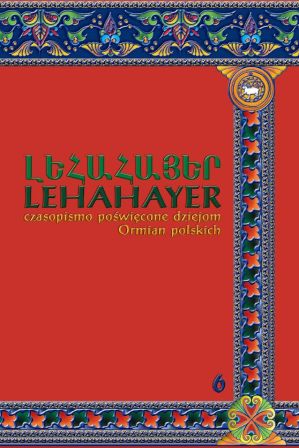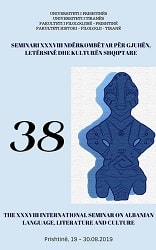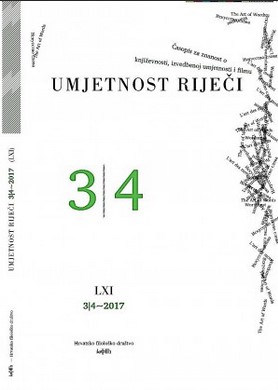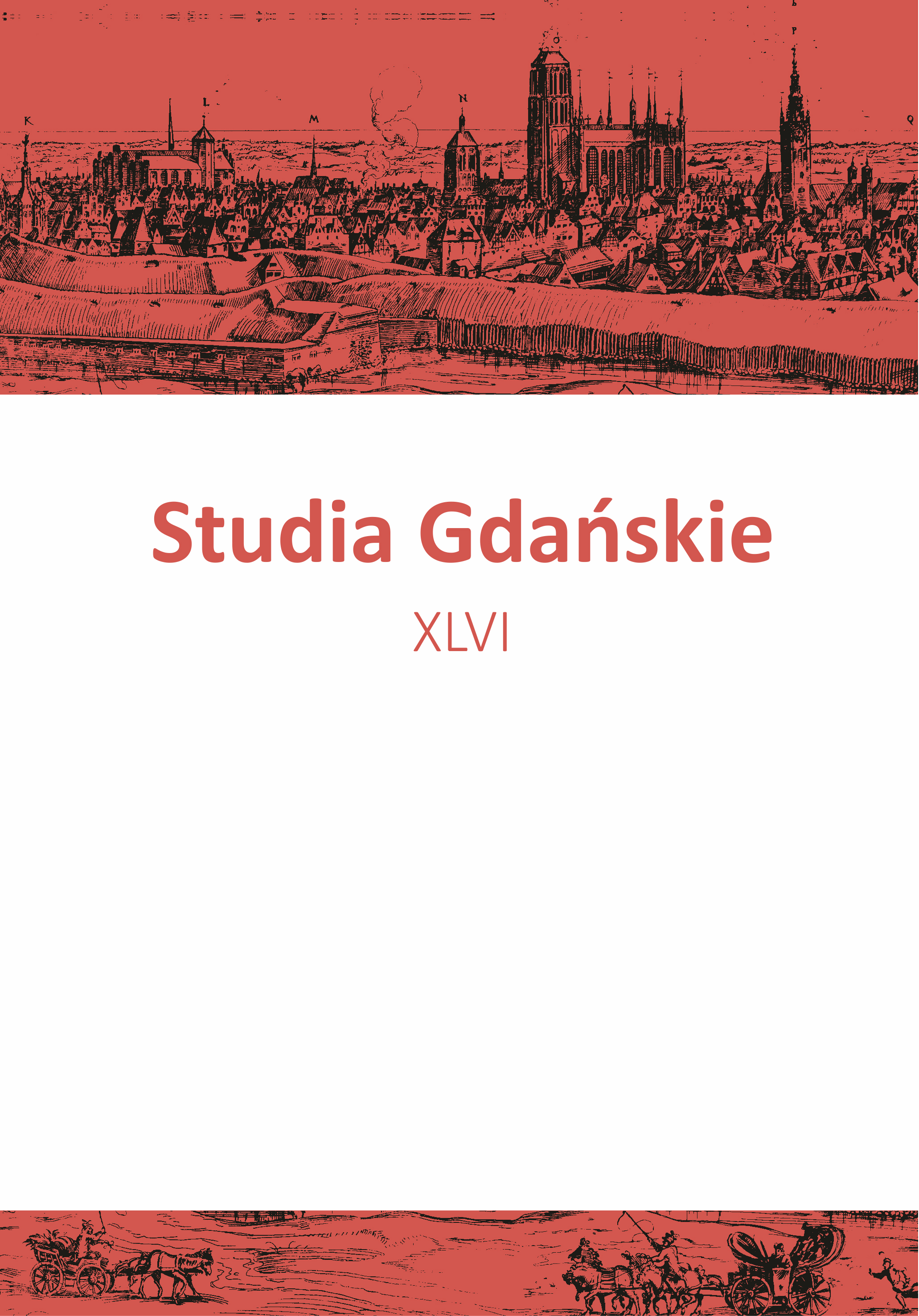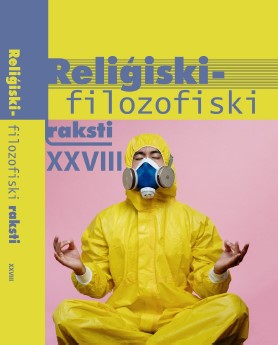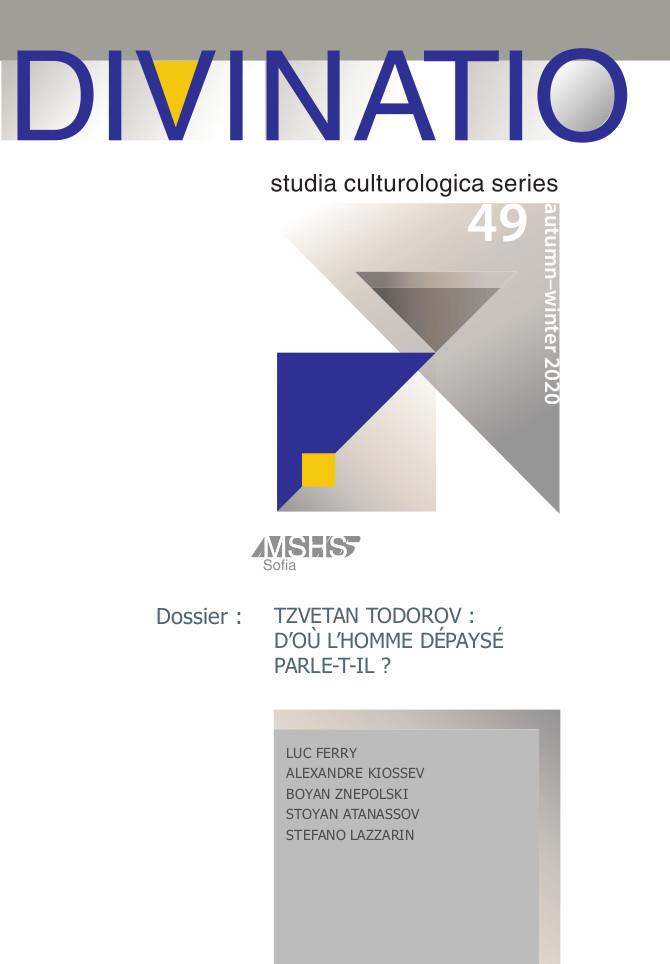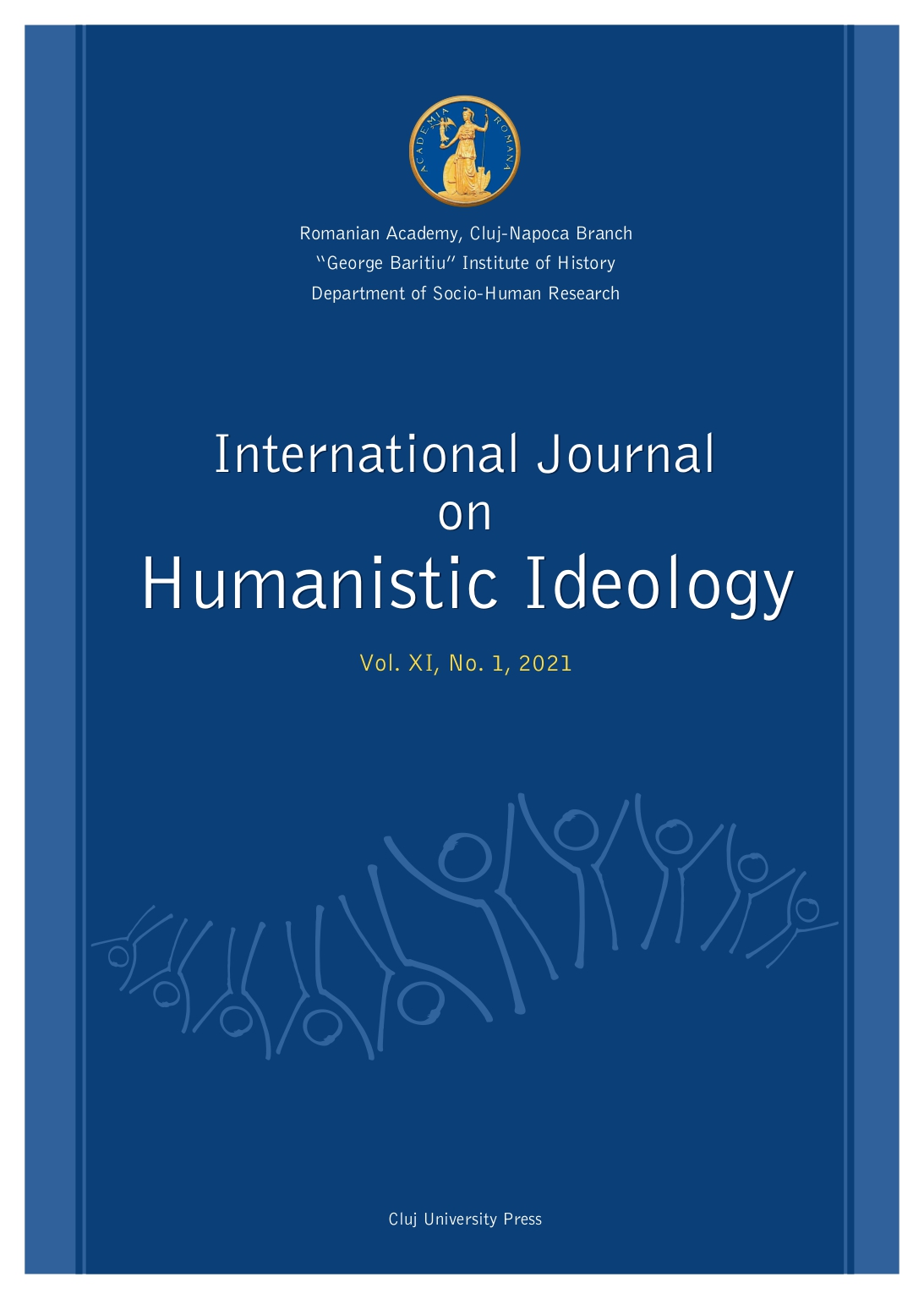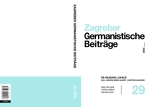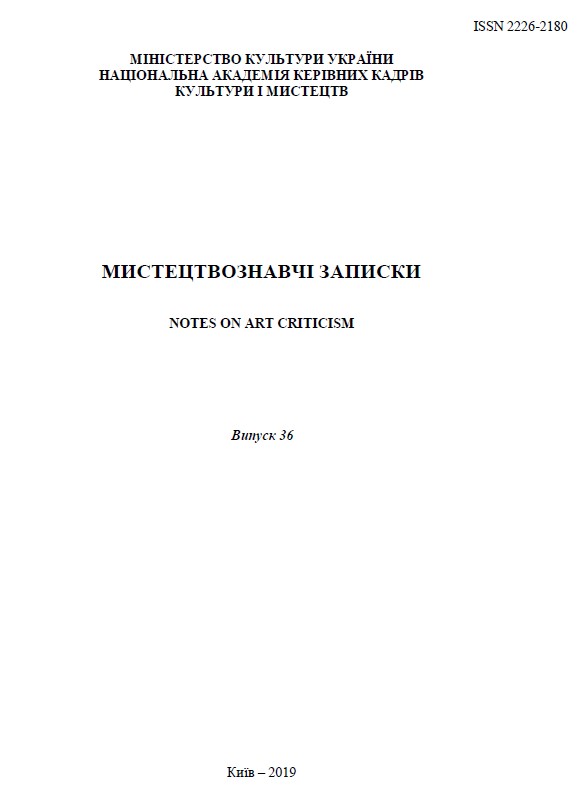
ПІДГОТОВКА СТУДЕНТІВ ВИЩИХ НАВЧАЛЬНИХ ЗАКЛАДІВ МИСТЕЦТВ ЯК АКТУАЛЬНИЙ НАПРЯМОК ЕСТЕТИЧНОГО ВИХОВАННЯ В ІНФОРМАЦІЙНОМУ СУСПІЛЬСТВІ
The purpose of this work is to study the concept of aesthetic education of students of the WHO as a purposeful and systematic process of formation of aesthetic concepts, tastes and ideals, attitude to the profession, to nature and art, to society and life, to communication and relationships, development of creative component of professional activity under the laws of beauty and emotional and sensual sensitivity to the beautiful and nasty. The research methodology involves a comprehensive approach with the use of analytical, systematic, and comparative methods, which makes it clear that the aesthetic education of creative youth requires a meaningful content, creating optimal conditions for the aesthetic education of students of creative specialties. The scientific novelty of the work is to actualize the aesthetic education of student youth in the context of the development of the information society and to form new bases for the preparation of students of creative specialties in higher education. This process involves the acquisition of aesthetic knowledge by students and the formation of relevant beliefs, needs, interests, habits, skills and abilities according to the requirements of the modern information society. Conclusions. Creating aesthetic conditions implies that the joint pedagogical activity of subjects and objects of education is perfect in terms of the requirements of aesthetics. Thus, the provision of educational, material, organizational, moral and psychological, aesthetic and hygienic conditions naturally determines the effectiveness of the process of aesthetic education of students of the WHO. Thus, in the conditions of WHO the formation of the personality of the future specialist with harmoniously combined professional, moral and aesthetic, psychological qualities is ensured by purposeful educational work. Aesthetic education is considered as one of the important directions in the process of realization of the tasks of the national higher school. An important role in ensuring the effectiveness of the preparation and aesthetic education of students is played by the creative use of relevant world experience in the field of vocational training of creative youth.
More...
